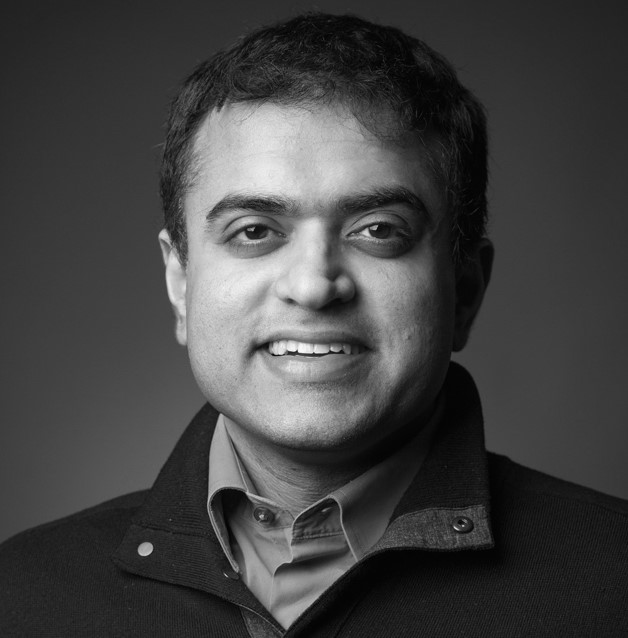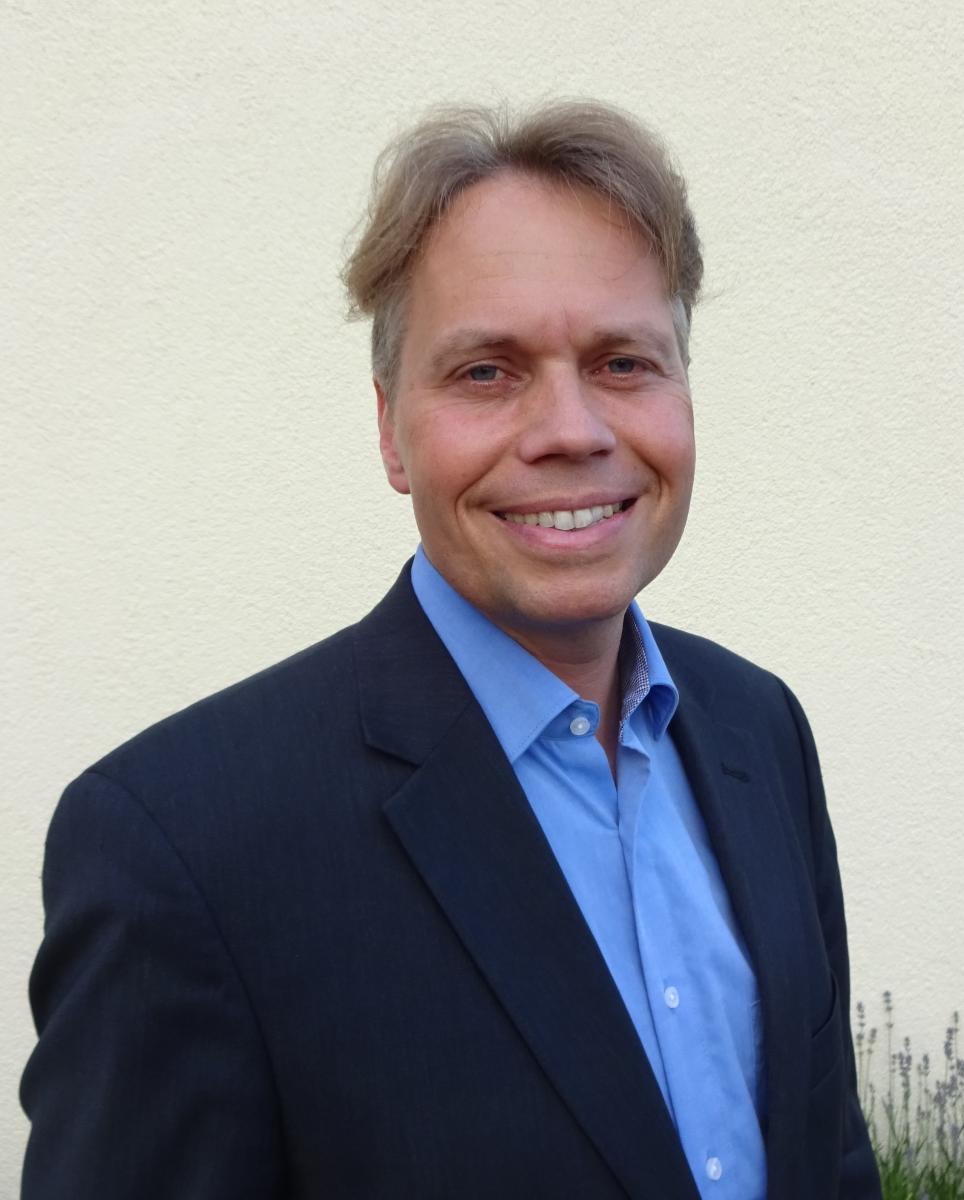Plenary 1 - Monday - July 24
08:45 - 09:15: Opening ceremony - J. Y. Duboz - B. Gil
Session chair: B. Gil
09:15 - 10:00: Plenary talk 1
 |
Wide-band-gap semiconductors: present and future | |
| Chris G. Van de Walle | ||
| Materials Department, University of California, Santa Barbara, California, USA |
| The adoption of nitride semiconductors has progressed startlingly fast, from initial discoveries to widespread applications. This is not because the materials are simple and trouble-free; to the contrary, throughout their history they have confronted us with physics problems that were known to be nuisances in other materials but could have been showstoppers for the nitrides. The issues include lattice-mismatched heteroepitaxy, dopant passivation, shallow-versus-deep character of acceptors, the role of polarization fields, and nonradiative recombination processes such as Auger and defect-assisted Shockley-Read-Hall. These problems have forced us to develop new understanding, resulting in insights into physical mechanisms that will now benefit other semiconductors and encourage us to explore other materials, such as the II-IV-V2 analogues of nitrides. Now we are entering the era of ultrawide-band-gap semiconductors, with band gaps significantly wider than the 3.4 eV of GaN, which will enable deep-UV optoelectronics and have compelling advantages in high-power and RF electronics, quantum information science, and extreme-environment applications. Building on what we have learnt, I will highlight areas in which further progress could have high payoffs. Work performed in collaboration with A. Alkauskas, C. Dreyer, A. Janotti, E. Kioupakis, J. Lyons, L. Gordon, J. Shen, J. Varley, D. Wickramaratne, and Q. Yan, and supported by DOE and NSF. |
10:00 - 10:30: Coffee break
Session chair: J. Christen
10:30 - 11:15: Plenary talk 2
 |
Successes of Wide-Bandap Electronics, and Future Directions | |
| Debdeep Jena | ||
| Cornell University, USA |
| Riding on the success of GaN photonic devices, wide-bandgap nitride electronic devices have made significant inroads into new regimes of device operation. Exploiting the high breakdown fields, and the high mobility of 2-dimensional electron gases, GaN HEMTs are now capable of generating enormous amounts of microwave power at high frequencies, and have become very attractive for RF amplifiers that power communications. At the same time, both lateral GaN HEMTs, and vertical GaN FETs are making inroads into high-voltage power electronics. Surprisingly, GaN also has a significant role to play in low-power energy-efficient electronics. This talk will review these successes and discuss the physics underlying them. Then, the same physics and a slew of new nitride materials to augment the ‘conventional’ nitrides and to take Wide-bandgap electronics well into the future will be discussed. |
11:15 - 11:30: Break
11:30 - 12:15: Plenary talk 3
 |
Solid State Lighting | |
| Martin Strassburg | ||
| OSRAM Opto Semiconductors GmbH, Leibnizstr. 4, 93055 Regensburg, Germany |
| Optoelectronic devices based on group III nitrides (i.e., LEDs) provided a completely new technology in the lighting sector, the solid state lighting. There has been an incredible development in the recent more than 20 years: LEDs for illumination and projectors in mobile devices were just a vision for a far away future. Meanwhile, such devices are commodity based on the significant increase in their efficiency. This has been the driving force for about one decade. However this development has not fully accomplished yet. The recent improvements of the device design and in doping strategies yielded efficiencies close to the fundamental limit reaching internal quantum efficiencies of more than 90 % and corresponding wall-plug efficiencies well above 70%. Nowadays, it is recognized that LED offer a big variety of opportunities beyond efficient lighting. There are many applications that could only be addressed by the unique characteristics of semiconductor LED light sources. Thus, it is much more than cost cutting triggering further research on group III nitride optoelectronics. A brief history of group III nitride based SSL developments along with an introduction to OSRAM Opto Semiconductors’ numerous activities in research and development of next generation LEDs / Lasers and future trends for lighting applications will be given. Examples of technology and products for various application fields will illustrate the claimed technology leadership that is based on the close interplay of material development, thorough understanding of scientific background and of technological solutions yielding. |
